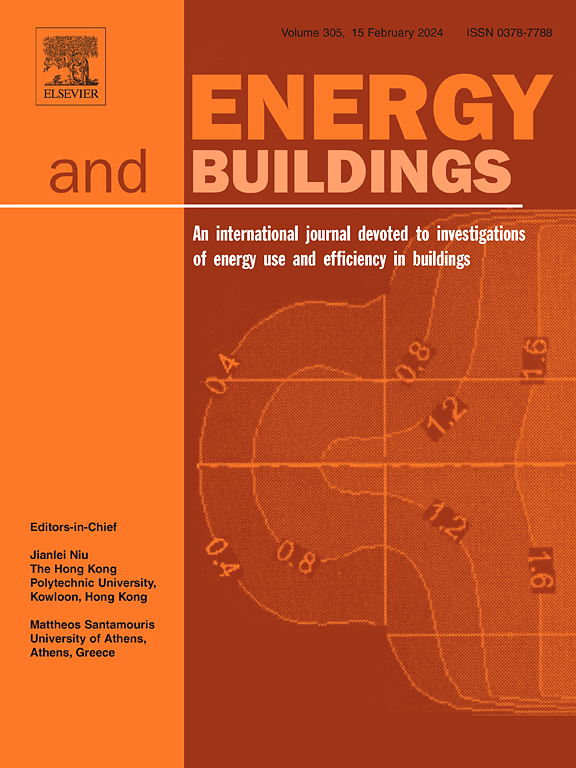Dynamic life cycle environmental impact assessment for urban built environment based on BIM and GIS
IF 6.6
2区 工程技术
Q1 CONSTRUCTION & BUILDING TECHNOLOGY
引用次数: 0
Abstract
Cities play a key role in mitigating climate change and promoting sustainable development. Dynamic Life Cycle Assessment (DLCA) has garnered increasing attention, but existing studies often focus on either temporal or spatial factors and overlook their integration. This study proposes an innovative DLCA model that integrates Building Information Modeling (BIM) and Geographic Information System (GIS) to assess the environmental impacts of urban built environments in both spatial and temporal dimensions. The model is structured around five key components: goal and scope definition, dynamic elementary flows, dynamic inventory analysis, environmental impact assessment, and interpretation. BIM provides detailed building-level data, while GIS integrates spatial and temporal data for regional analysis. A campus case study demonstrates the model’s applicability, showing that the BIM-GIS DLCA model results in 7.27% higher recycling rates, an 18.66% variation in energy structure assessments, a 2.72% difference in energy consumption, a 0.53% adjustment in green space carbon sequestration, and a −0.49% change in vehicle fuel economy/type and component lifespan compared to static assessments. These differences highlight how dynamic data integration enhances the comprehensiveness of environmental assessments and provides valuable insights for sustainable urban development.
求助全文
约1分钟内获得全文
求助全文
来源期刊

Energy and Buildings
工程技术-工程:土木
CiteScore
12.70
自引率
11.90%
发文量
863
审稿时长
38 days
期刊介绍:
An international journal devoted to investigations of energy use and efficiency in buildings
Energy and Buildings is an international journal publishing articles with explicit links to energy use in buildings. The aim is to present new research results, and new proven practice aimed at reducing the energy needs of a building and improving indoor environment quality.
 求助内容:
求助内容: 应助结果提醒方式:
应助结果提醒方式:


